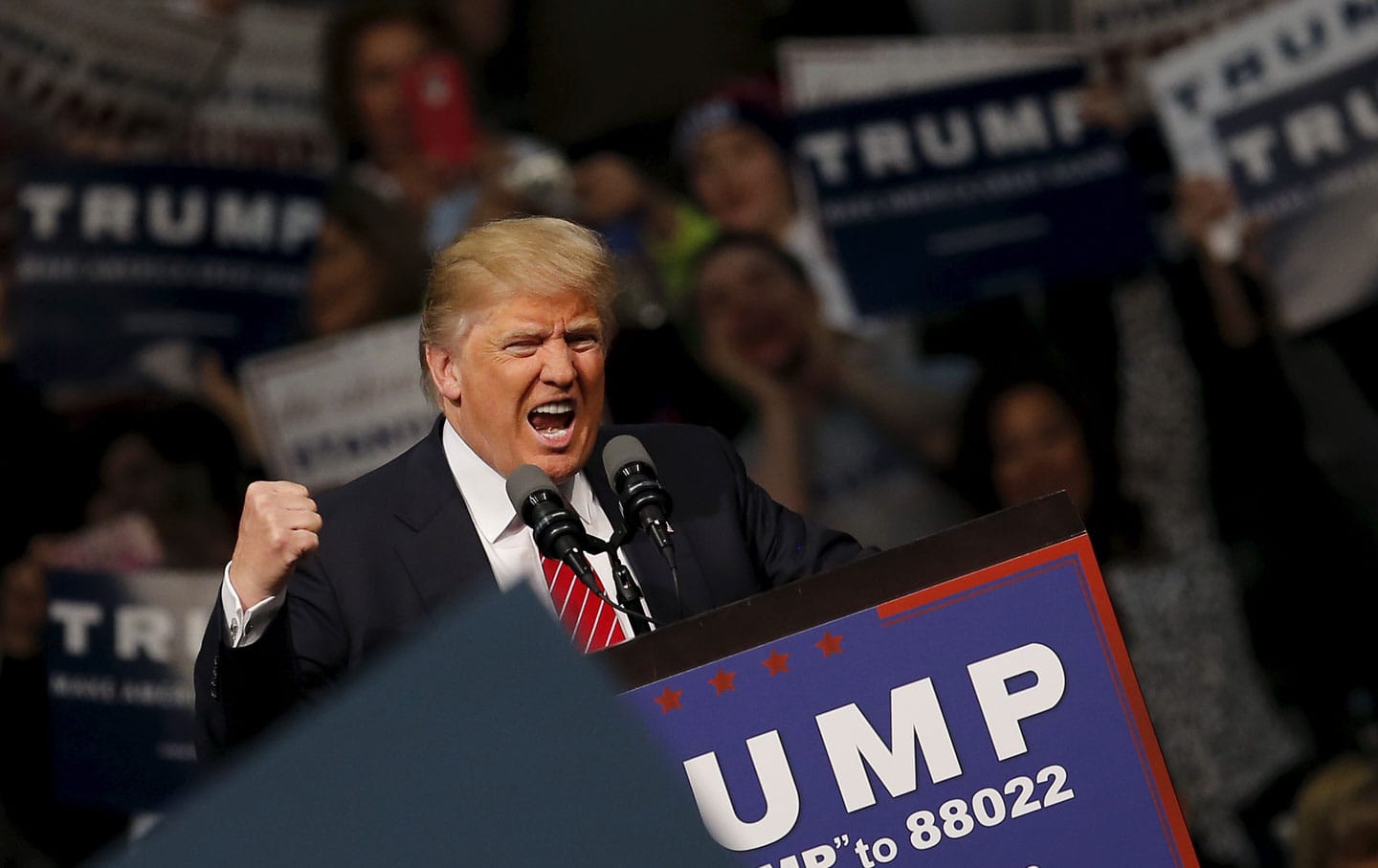Most election polls include a question that pollsters rarely talk about: whom do you expect to win.
Yet, the answer to this question is more accurate than any other election forecasting tool. By a lot.
Finding the answers to this question is tricky. You have to get hold of the raw datasets and do the math yourself. Pollsters do not publish expectation data.
The most recent analysis of expectation data comes from early October, around the first debate. Are you ready for it?
As of October 3, 56 percent of likely voters expected President Trump to win reelection, and only 40 percent expected Biden to win, according to Gallup, via Western Journal.
Most people expect Trump to win despite polls showing Biden in the lead. And this split is not unusual.
The Science Behind the Numbers #
Back in 2012, researchers could still publish their findings without fear of being canceled. Two researchers, Justin Wolfers of the University of Michigan and David Rothschild of Microsoft Statistical Research, published a paper on the accuracy of polling’s expectation question. Here’s a summary of their findings:
Our primary dataset consists of all the state-level electoral presidential college races from 1952 to 2008, where both the intention and expectation questions are asked. In the 77 cases in which the intention and expectation question predict different candidates, the expectation question picks the winner 60 times, while the intention question only picked the winner 17 times. That is, 78% of the time that these two approaches disagree, the expectation data was correct.
What’s more, expectation data is more accurate than voter intention data in predicting the margin of victory:
We find that relying on voters' expectations rather than their intentions yield substantial and statistically significant increases in forecasting accuracy. An optimally-weighted average puts over 90% weight on the expectations-based forecasts. Once one knows the results of a poll of voters' expectations, there is very little additional information left in the usual polls of voting intentions. Our findings remain robust to correcting for an array of known biases in voter intentions data.
The science is settled: voter expectation is a better predictor of outcomes than voter intent.
Expectations Have Been Rock Solid Since July #
Despite fluctuations in polls of voter intent, polls of election expectations have been remarkably consistent since at least July.
Fifty-six percent of respondents expect President Trump to win, and only 40 percent expect Biden to win.
This consistency seems particularly important this year. According to Gallup, President Trump came into 2020 with a 49 percent approval rating, the highest of his presidency. By July, his favorability was down to 38 percent due to the economic effects of Coronavirus.
Even when Trump’s popularity was at its lowest level, 56 percent of voters expected Trump to be re-elected.
Why Is Voter Expectation More Accurate than Voter Intent? #
Researchers believe three factors make expectation polls more accurate than polls of voter intent.
- The expectation question increases the sample size by a factor of 5. When I ask you how you intend to vote, I learn the intentions of precisely one person. But when I ask you whom you expect to win, you mentally “poll” at least five of your closest friends, the yard signs and bumper stickers you see, and the relative frequency with which you hear the competing candidates' names. Your brain does this factoring in milliseconds and reports the results. “Trump,” you say.
- You can more accurately predict which of your friends and relatives will vote than the best voter turnout models. Did you know that the Gallup organization invented the election polling system? Did you know that Gallup quit doing election polls decades ago? Did you know Gallup quit doing election polls because it was too hard to figure out who is likely vote and who is not? Likely-voter modeling is still the weakest link in the process. But people know their close associates well. I know several vocal Biden supporters who are unlikely to vote. Two of them are not even registered. They have Biden stickers on their cars. They had Hillary stickers four years ago. And they readily admit they’ve never registered to vote. That’s the kind of information that pollsters can’t discern.
- Expectations breed outcomes because late-deciding voters vote for the candidate they expect to win, not the candidate they prefer. To a degree, expectations can be self-fulfilling prophecies. Some politically motivated polling firms try to manipulate the vote through a cognitive bias known as the Bandwagon Effect or Social Proof. This bias, simply stated, says that, free to do anything, most people will do what they see other people doing. There’s a lot of science to back this up. This is why Democrat pollsters try to convince you that the Democrat is going to win.
(Read How Late Deciders Are Like Fish)
Trump has a 78 Percent Chance of Winning #
Based on the expected outcome theory of elections, Donald Trump has a 78 percent chance of winning. We can reach this conclusion because, when voter intent and voter expectation polls disagree, the voter expectation poll wins 78 percent of the time.
We can also predict Trump’s margin of victory in the popular vote at something around 55 percent.

